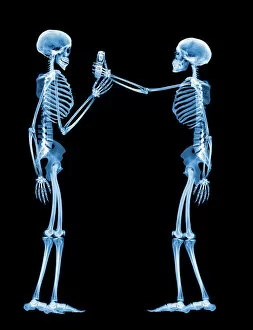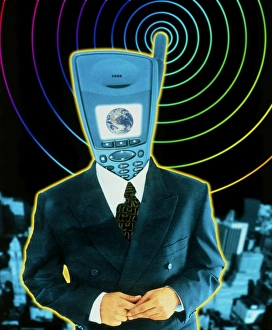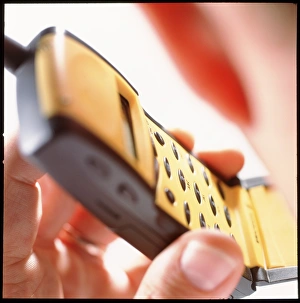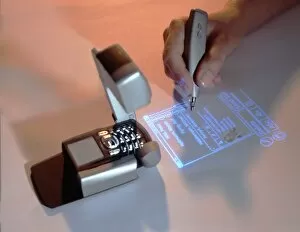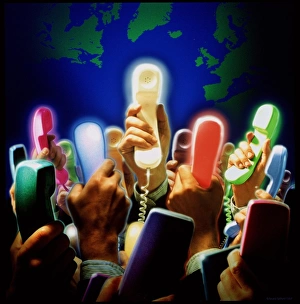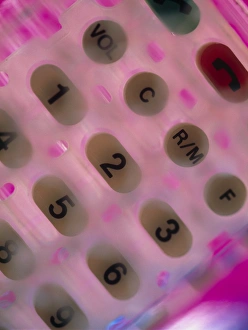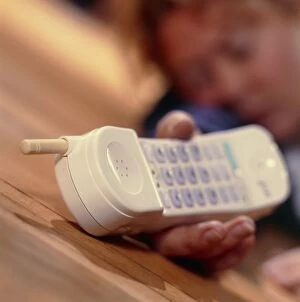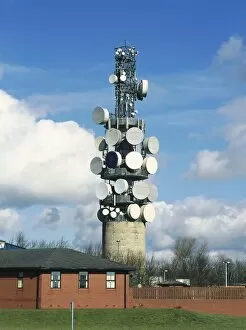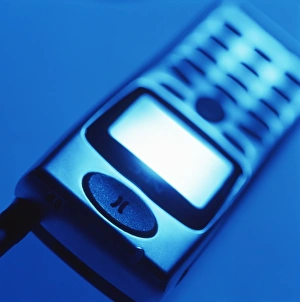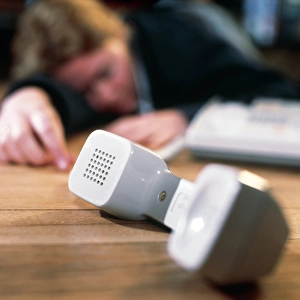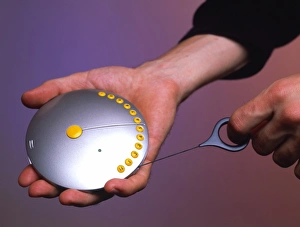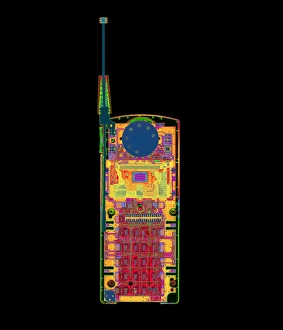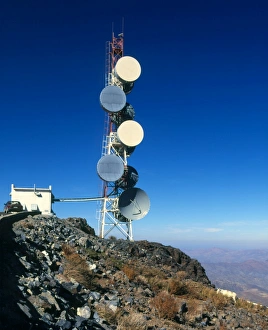Technological Communication Collection
Technological communication has come a long way, bridging the gap between old and new methods of connecting with others
All Professionally Made to Order for Quick Shipping
Technological communication has come a long way, bridging the gap between old and new methods of connecting with others. From the early days of desk telephones to today's mobile phone revolution, it is fascinating to witness how far we have progressed. In the past, communication was limited to landlines and face-to-face interactions. However, with the advent of mobile phones, our world transformed into a global village. The iconic image of an early mobile phone reminds us of its humble beginnings and how it paved the way for modern-day connectivity. Radio towers emitting waves symbolize another milestone in technological communication. These towers enabled us to transmit information across vast distances through radio waves, bringing news and entertainment right into our homes. But as technology evolved further, so did our reliance on mobile phones. An artwork depicting a businessman with a mobile phone head captures society's obsession with staying connected at all times. Yet this constant connectivity also gave rise to "mobile phone rage, " highlighting the challenges that arise from over-reliance on these devices. Nevertheless, there are numerous benefits brought by advancements in communication technology. A man holding a mobile telephone to his ear signifies convenience and mobility – we can now communicate effortlessly while on-the-go. Moreover, X-ray images showcasing a mobile phone emphasize how this device has become an integral part of our lives; it holds not only personal conversations but also stores memories captured through photos or videos. The ever-evolving nature of smartphones is evident in their ability to incorporate projectors within them – transforming them into portable cinemas or presentation tools whenever needed. While technological communication has undoubtedly enhanced our lives in many ways, it is essential to strike a balance between virtual connections and real-world interactions.


